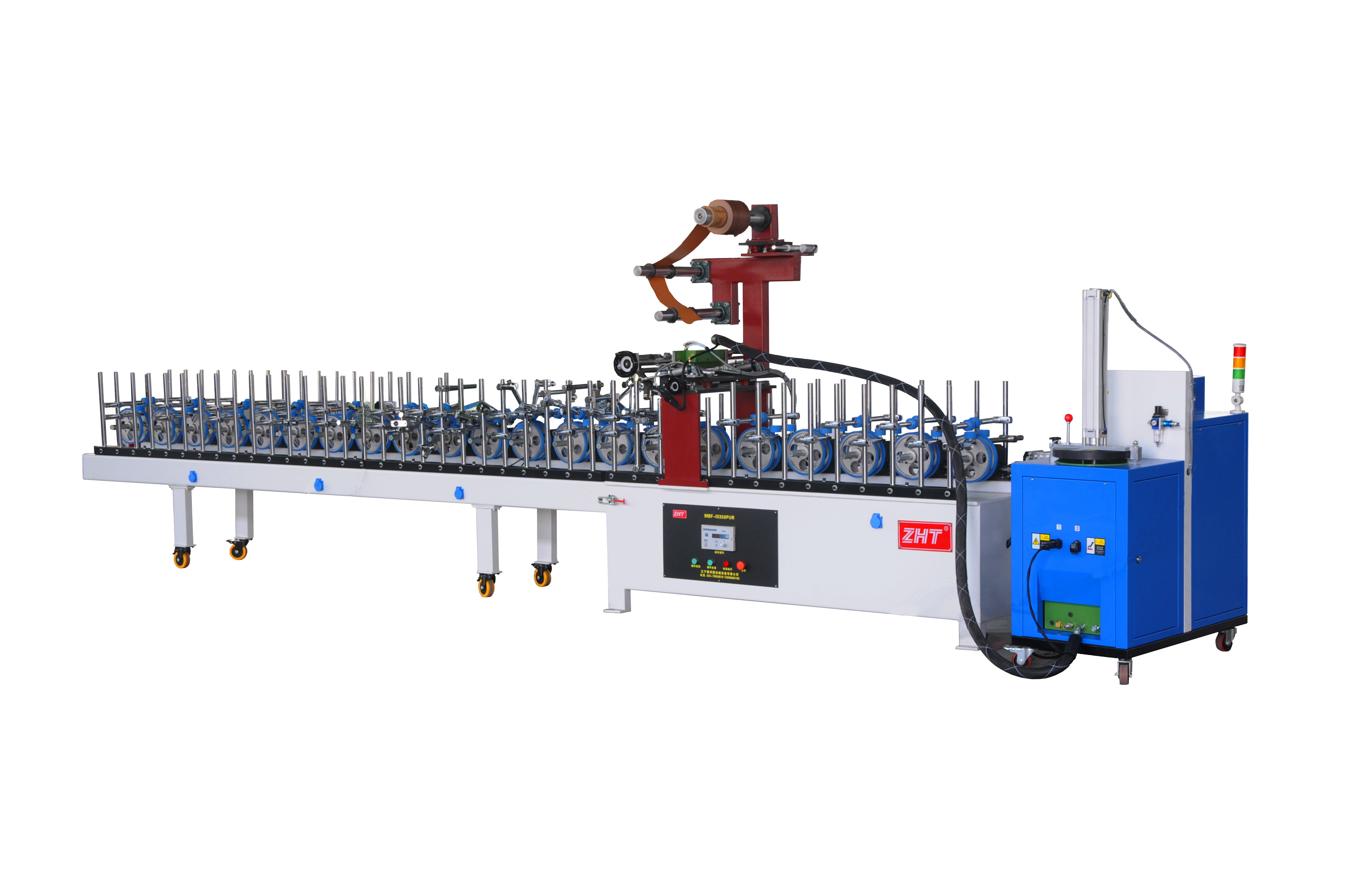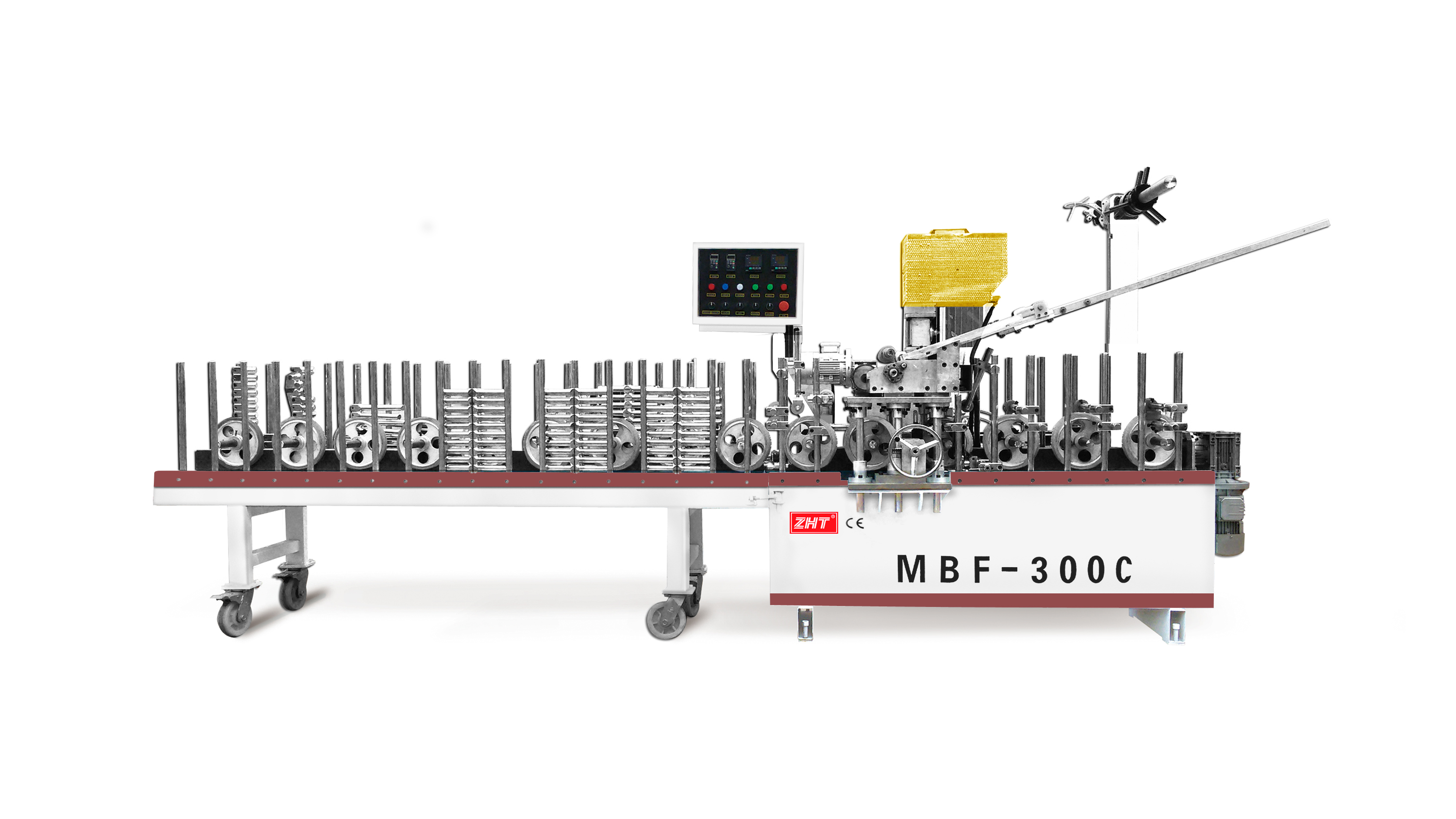- All
- Product Name
- Product Keyword
- Product Model
- Product Summary
- Product Description
- Multi Field Search
Views: 1 Author: Site Editor Publish Time: 2023-05-04 Origin: Site
There are two types of coating machines. The first is a machine that uses solvent-based glue. The traditional name is cold glue coating machine. The second type is a machine using hot glue. This type is a new type of machine improved on the basis of a cold glue coating machine. We call it a hot glue coating machine.

Hot glue construction requires hanging cloth, ironing, and trimming. No need for glue, easy to carry (but you need to bring processing tools such as a steam iron), but it is not easy to construct the inner corner of the wall; high temperature or too high indoor temperature will affect the service life; Uncertain factors, high temperature is easy to melt, bulge, and fall off;
The advantages of the hot glue coating machine are: environmental protection, the glue is sealed well when heated in the glue bucket, and will not volatilize to the outside, and the coating speed is relatively fast, generally at 0~~50 m/min;
Cold glue construction requires gluing, hanging cloth, scraping and trimming. The technology is mature and easy to use. The vegetable glue (potato starch glue, glutinous rice starch glue) is environmentally friendly. The back of the wall covering has foam coating technology. The glue does not affect the air permeability and has a long service life. The cold glue coating machine uses solvent-based (oil-based) or water-based coating glue to coat PVC film, varnish-impregnated paper, pp film and other materials on the surface of various types of MDF, solid wood, plastic steel, aluminum alloy and other profiles. It is suitable for covering all kinds of lines such as paint-free door and window casings, aluminum alloy, plastic-steel doors and windows, wood-plastic and other profiles of furniture parts, speakers, refrigerators, etc. The hot glue coating machine is mainly used for the coating of composite paint doors, paint photo frames, and paint furniture. It can paste various solid wood sheets, paint-impregnated paper and other materials on the surface of various lines such as baseboards, door and window casings, and stair handrails. . It is especially suitable for the covering of the floral wire around the door.
